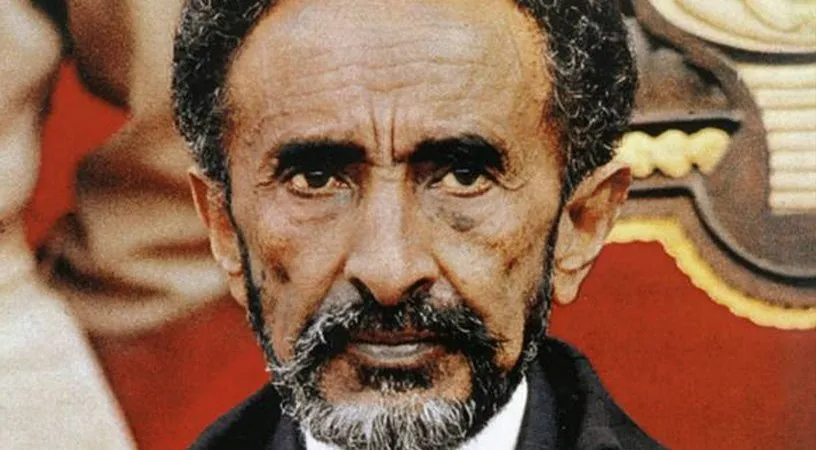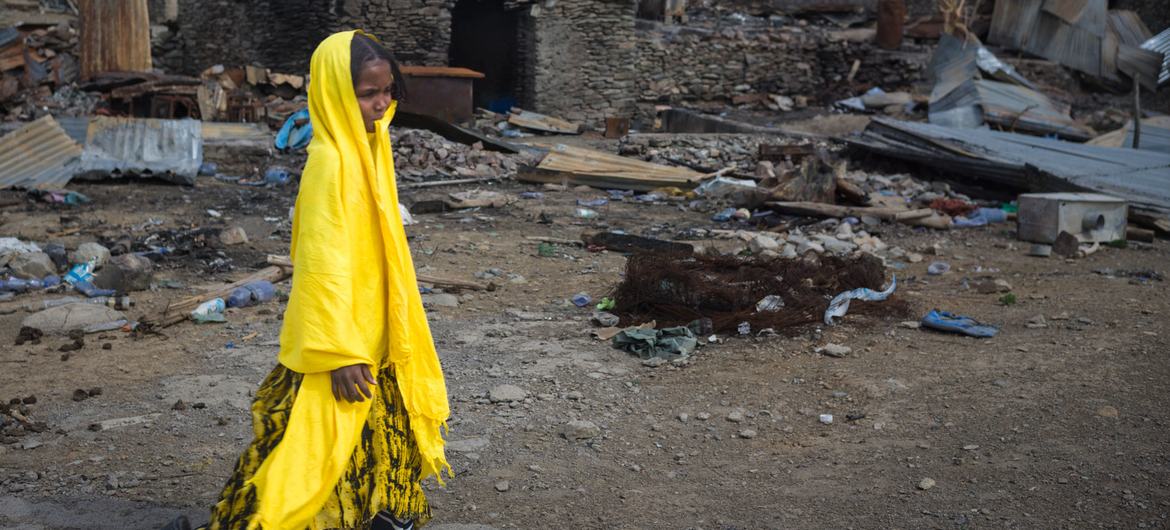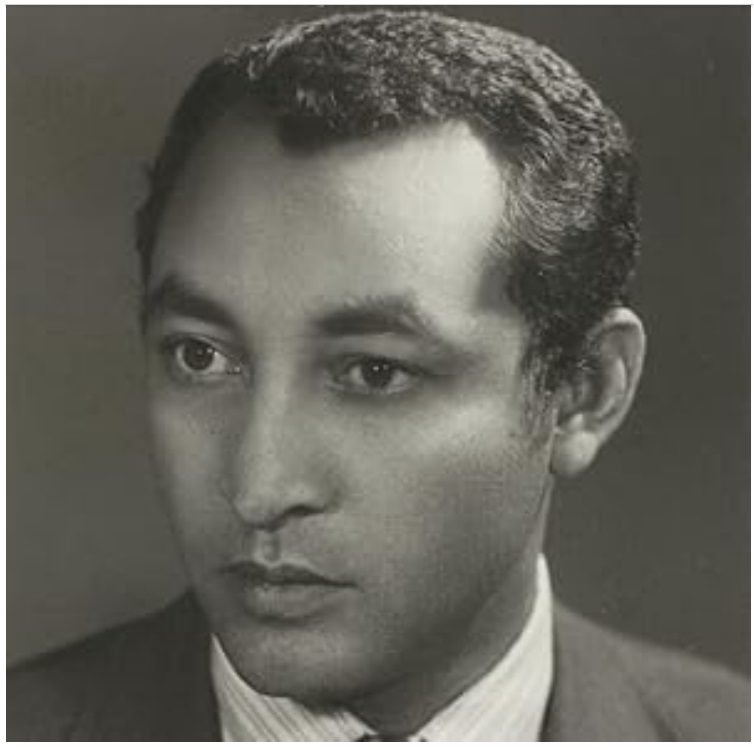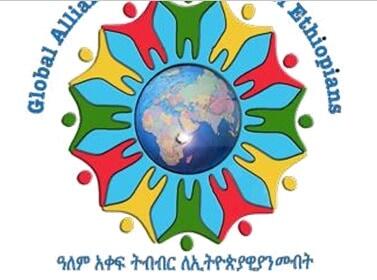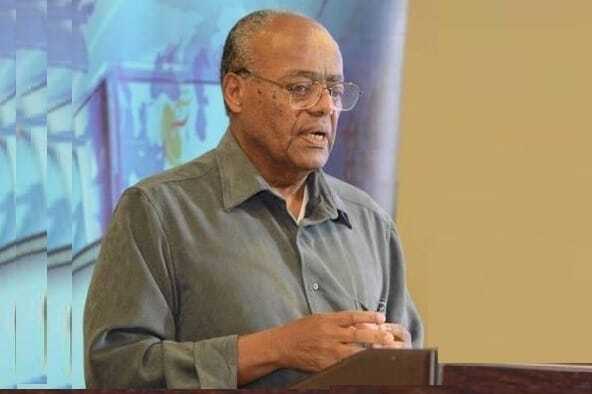By William Davison
Sept. 24 (Bloomberg) — The rebel Sudan Liberation People’s Movement-North said it will agree to a cease-fire if the Sudanese government allows humanitarian aid to reach more than
half-a-million people in Southern Kordofan and Blue Nile states.
Civilians have been displaced in the two states after more than a year of armed clashes that began when President Umar al-Bashir’s government tried to disarm soldiers who fought during a two-decade civil war alongside the forces of South Sudan, which gained independence in July last year. Sudan’s government said on Aug. 17 it would allow aid into the rebel-held areas by
September.
“If Bashir’s ready to open the access we are ready to sign a cessation of hostilities,” Yasir Arman, secretary-general of the SPLM-N, said in an interview today in Addis Ababa, Ethiopia’s capital. “Whatever Bashir will sign today or
tomorrow is not complete if it doesn’t open the access.”
Al-Bashir and South Sudanese President Salva Kiir are meeting for a second day today in Addis Ababa to resolve more than a year of disputes over oil-transit fees and security that
brought the neighboring countries to the brink of war in April.
The two nations are discussing issues including a demilitarized zone along disputed parts of their border that must be signed before an interim deal on oil-transit fees agreed last month can be implemented.
South Sudan halted oil production in January amid a disagreement with Sudan over how much the south should pay for the use of two pipelines running across Sudan to an export terminal on the Red Sea.
Talks Involvement
The SPLM-North wants to be involved in the talks between the two countries because it controls parts of the border in Southern Kordofan and Blue Nile, Arman said.
“It’s important to involve the SPLM-North,” he said. The SPLM-N was the northern branch of South Sudan’s ruling party before it became a separate group following the south’s independence. It is banned by the Sudanese authorities.
In recent days, Sudan carried out a ground offensive in Blue Nile, displacing 15,000 people, and aerial bombardments of camps holding displaced people in the Nuba Mountains, Arman
said. Sudanese Foreign Ministry spokesman al-Obeid Murawih didn’t answer his phone when Bloomberg called him seeking comment.
South Sudan gained control of about 75 percent of the formerly united country’s 490,000 barrels a day of crude output when it declared independence. China National Petroleum Corp.,
Malaysia’s Petroliam Nasional Bhd. and India’s ONGC Videsh Ltd. operate most of the oil wells in the two countries.


